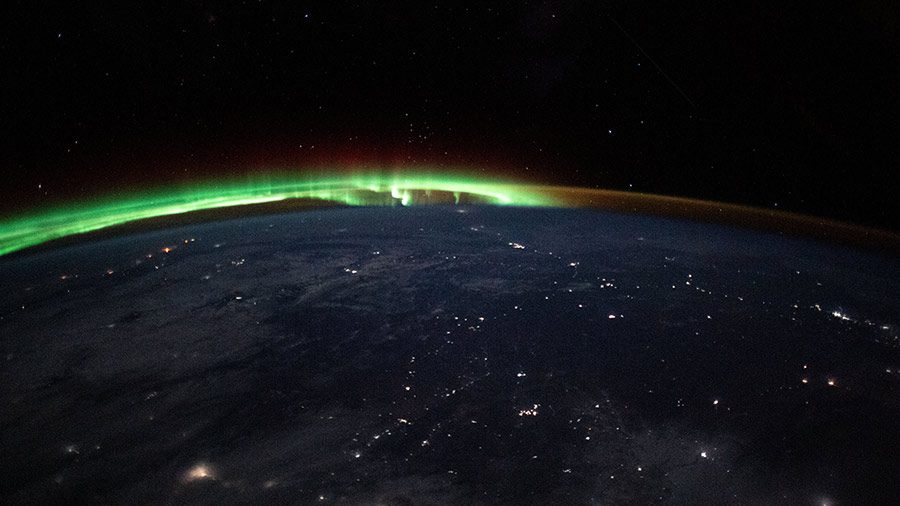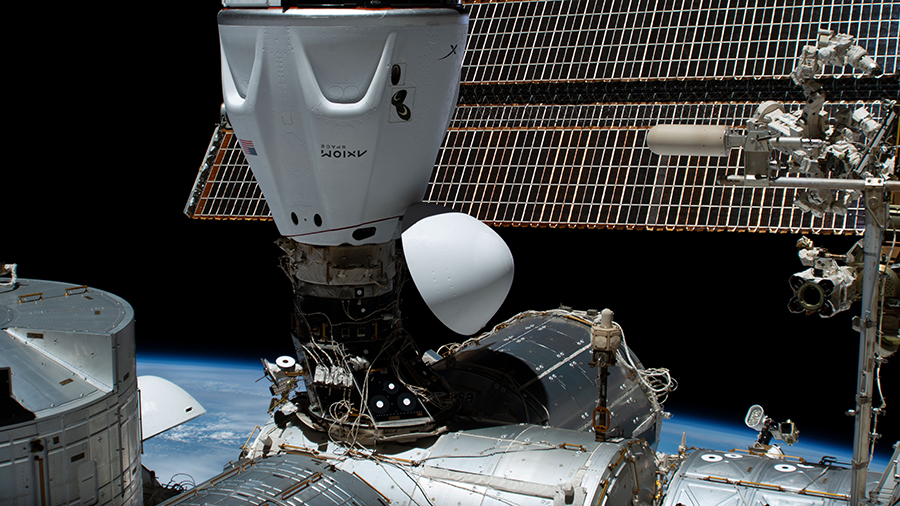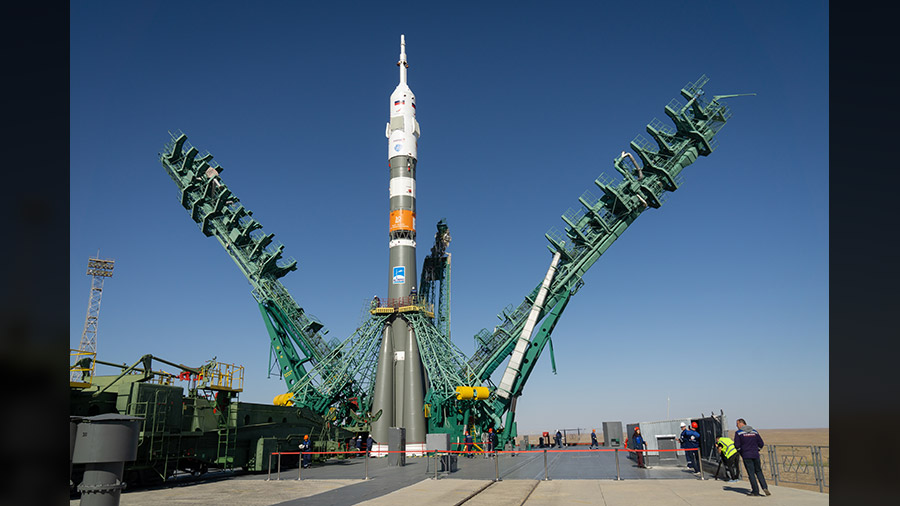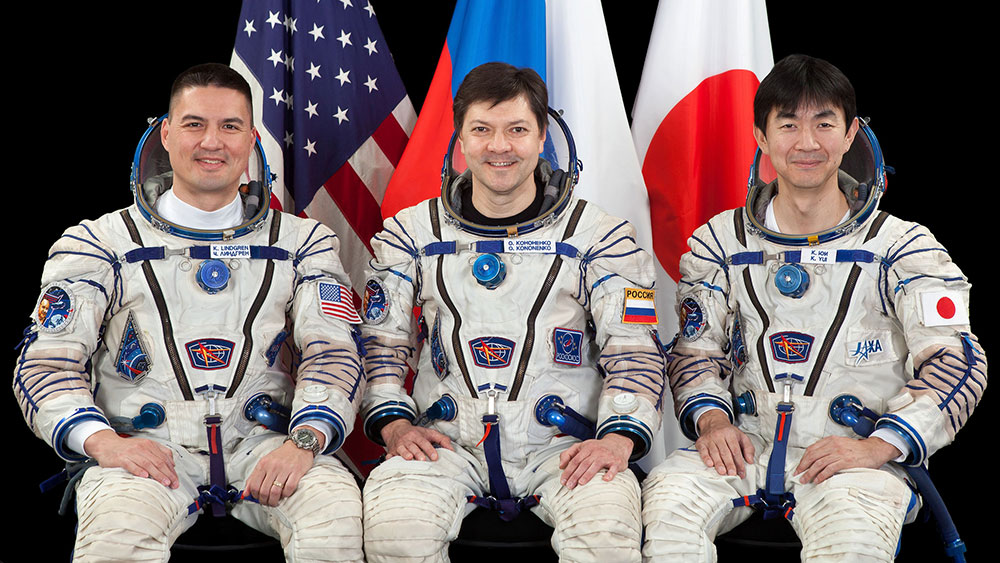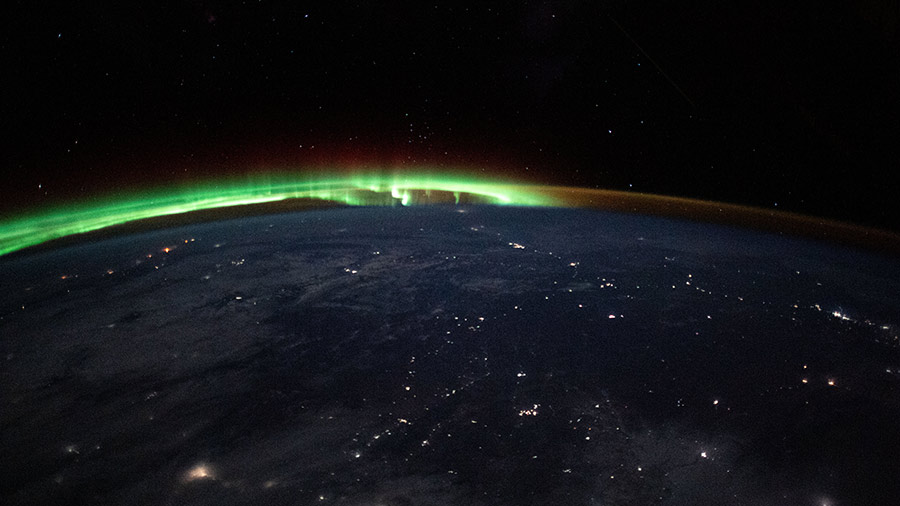
The Expedition 70 crew members are picking up the pace as they load a U.S. cargo craft for its upcoming departure. The seven International Space Station residents are also staying focused on an array of microgravity science to improve human health and commercialize low Earth orbit.
The SpaceX Dragon cargo spacecraft is nearing the end of its stay docked to the Harmony module’s forward port. Four astronauts will be packing over 3,500 pounds of science and hardware inside Dragon over next few days for retrieval and analysis back on Earth. NASA Flight Engineer Jasmin Moghbeli and Commander Andreas Mogensen from ESA (European Space Agency) removed science cargo freezers containing research samples from station EXPRESS racks and stowed them inside Dragon for the ride back to Earth. Astronauts Loral O’Hara and Satoshi Furukawa transferred cargo bags packed with hardware and trash and strapped them inside Dragon securing them for the descent into Earth’s gravity.
The crew continued to pack hardware and science aboard the SpaceX Dragon cargo spacecraft today for a scheduled undocking on Thursday afternoon as managers and operations teams evaluate weather conditions at the various splashdown sites available for the vehicle’s return to Earth.
Despite the busy cargo activities, microgravity research remained on track as the crew continued exploring how weightlessness affects biology and physics. O’Hara from NASA processed cell samples for incubation that researchers will analyze to explore aging-like properties of immune cells and the regenerative capacity of liver cells. The Space AGE health study may provide deeper insights into the biology of aging and its effects on disease mechanisms.
Furukawa from JAXA (Japan Aerospace Exploration Agency) swapped components inside the Microgravity Science Glovebox supporting a physics experiment to produce optical fibers superior to those manufactured on Earth. The Fiber Optic Production-2 experiment may advance optical transmission capabilities benefiting Earth and space industries.
Mogensen earlier worked in the Harmony module shaking mixture tubes containing different organisms for a variety of biology and botany studies promoting health. The tubes are part of a program sponsored by NanoRacks enabling educational and private organizations to conduct research on the space station.
Cosmonauts Oleg Kononenko and Nikolai Chub took turns today wearing a sensor-packed cap and operating a computer for an ongoing Roscosmos study exploring futuristic spacecraft and robotic piloting techniques. Researchers will use the data to train future crew members and plan potential crewed planetary missions. Cosmonaut Konstantin Borisov spent most of his day on life support maintenance then synchronized cameras to station clocks which are set to GMT, or Greenwich Mean Time.
Learn more about station activities by following the space station blog, @space_station and @ISS_Research on X, as well as the ISS Facebook and ISS Instagram accounts.
Get weekly video highlights at: https://roundupreads.jsc.nasa.gov/videoupdate/
Get the latest from NASA delivered every week. Subscribe here: www.nasa.gov/subscribe

